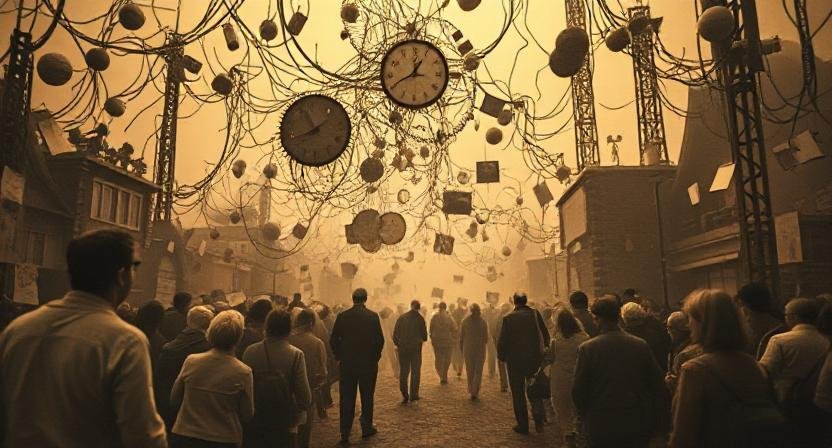
The Meaning of Freedom
Freedom, NH Town Hall
This past weekend, I had occasion to visit Freedom, NH for their Old Home Week Celebration—an experience that changed my perspective on what it means to be human.
Yes, this sounds dramatic, but transformation of perspective is not a process that abstractly happens in a person’s head. Rather, it is an embodied experience that can be significantly enhanced in the presence of others.
Certainly, I have had my fair share of enlightening experiences in academic settings. I have cried after reading some academic literature, and I have felt my entire body tingle when people consciously bring their complete selves to dialogues.
More than Pancakes
What I found beautiful about the celebration in Freedom this weekend was captured in their pancake breakfast this morning. I witnessed neighbors hugging, people smiling, folks donating resources and time to bring people together over plates of fruit, donuts, pancakes, eggs, and sausage.
I sat at a table with strangers and learned about a woman’s love of this town, where she lives, and how several events from this past week were to contribute to the education of kids. I overhead conversations and listened to the stories of people I may never see again.
What I most remember, however, was the smiles on people’s faces—people of all ages, brought together in a town hall that looked like something from a Normal Rockwell postcard. The event was free, but people were encouraged to bring food or cash to support the local food pantry. I brought cash.
Seeking Connection
As I sat and observed the people around me, I felt like I was part of something intimate and yet much larger than just me. I was witnessing humanity at its best.
Why did I drive 20 minutes for a breakfast I could have made for myself with my beautiful mountain views? For the same reason everyone else made their way to a small town hall on the eastern edges of New Hampshire on a gorgeous summer morning.
We wanted to connect, get roped into conversations with strangers, watch kids eat pancakes with their little fingers, and watch other people watch us watch them and smile.
Creating Space for New Friends
There is so much ugliness in this world, and there always has been. There is so much beauty in this world, too, and we do not need to look far to find it.
We cannot systematically address the ills of this world, but we can break bread—or pancakes—with our neighbors.
I do not know if the people at this breakfast were Republicans or Democrats. I did not speak with anyone about their political views.
I drank coffee and ate too many pancakes, and I smiled at strangers who often smiled at me first. In today’s experience, Space as Metaphor was more than a metaphor. It existed in a town hall in Freedom, NH, and the only way I discovered it is because I was there.
Sharing Space
Space as Metaphor is not an invitation to abstraction. It is an invitation to share our lives with others and move beyond the conventional labels invented by men who do not know you or me.
When we define one another with simplistic words, we reduce one another to caricatures. It is both sad and painful because we are much more than any single word can possibly fathom.
So what is the meaning of Freedom? I am not entirely sure, except I am certain it is a shared experience, one made much more memorable over pancakes and laughter.
Ultimately, the meaning exists in my heart, and I have strangers in a small town in NH whom I can thank for this humble reminder. We are human beings and we belong to one another—and that is the true meaning of Freedom.




